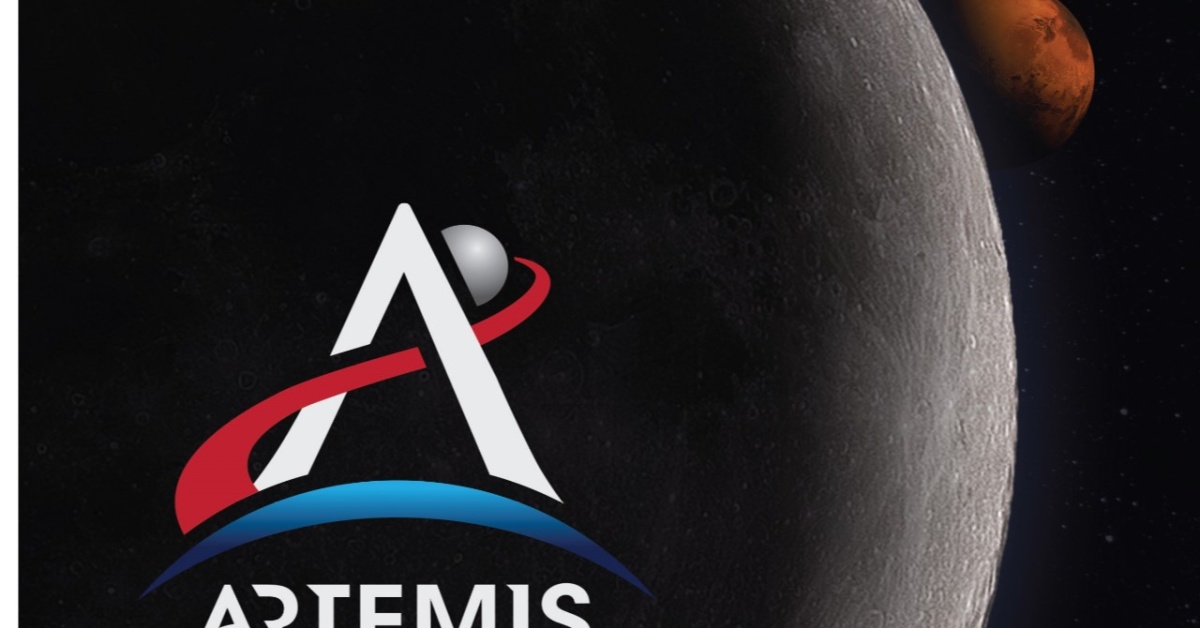
The National Aeronautics and Space Administration's (NASA) Project Artemis is of paramount importance to NASA as a pathway for Mars exploration.
Starting off in the 1950's and 1960's, the United States and the Union of Soviet Socialist Republics (U.S.S.R.) competed in the 1950's and 1960's to safely reach the Moon. The successful disembarkment of Neil Armstrong and Buzz Aldrin on the lunar surface on July 20, 1969 paved the way for space exploration's "bragging rights."
A series of Apollo missions ended with Apollo 17, when there was very little to excite the American public about landing on the Moon. Trips to the Moon ended at that point.
However, due to the advancement of technology and the desire to explore beyond the Moon, NASA developed a plan to explore the planet Mars.
NASA explains on the website:
"With Artemis missions, NASA will land the first woman and first person of color on the Moon, using innovative technologies to explore more of the lunar surface than ever before. We will collaborate with commercial and international partners and establish the first long-term presence on the Moon. Then, we will use what we learn on and around the Moon to take the next giant leap: sending the first astronauts to Mars."
Why the Moon?
According to NASA:
"We’re going back to the Moon for scientific discovery, economic benefits, and inspiration for a new generation of explorers: the Artemis Generation. While maintaining American leadership in exploration, we will build a global alliance and explore deep space for the benefit of all."
NASA explains the three-pronged purpose as follows:
- Discovery. With the continued impact of new technologies, NASA wants to regrow American interest in space exploration, as it will open doors to new opportunities, both technological and economic.
- Economic Opportunity. A lunar economy is an apt goal for humankind, as it continues to grow in population. New jobs, careers, and industries will grow from the new lunar economy that will hopefully benefit all people.
- Inspiration for a new generation. As those who were cognizant of the 1969 Moon landing age, NASA wants to excite a new generation of people. This time, NASA is not in a competition, like in the 1950's or 1960's. NASA seeks to work with partners from both the corporate and international worlds to assist in the goal of exploring other planets. A united partnership with others is more appealing to new generations than a rigid competition for "bragging rights."
What are NASA's Plans for Reaching the Moon?
According to NASA,
"We will build an Artemis Base Camp on the surface and the Gateway in lunar orbit. These elements will allow our robots and astronauts to explore more and conduct more science than ever before."
There are three components of the trip from Earth to the Moon's surface.
- Propulsion of a rocket from Earth to the space station above the Moon's orbit. NASA is building an Exploration Ground System, which will both support launches and recoveries of astronauts. The rocket that will transport astronauts, cargo, and the Orion Spacecraft to the Moon is called the Space Launch System Rocket. This will be the most powerful rocket in the world, when completed. The Orion Spacecraft is the vehicle that will carry the astronauts to the space station in lunar orbit.
- Space station in the Moon's orbit. The success of the International Space Station proves that humans can live in orbit. The space station, Gateway, will be a transition point between the Orion Spacecraft and the lunar surface. On Gateway, people will be able to live and work, supporting the goal of human scientific exploration on and around the Moon. Gateway is being built to remain in lunar orbit for a decade! American companies will partner with NASA to provide a Human Landing System that will transport astronauts from Gateway to the Artemis Base Camp on the Moon.
- A place to live and work on the Moon. The Artemis Base Camp is the final piece of the Artemis Project. The Camp will permit people to live and work on the Moon. The Camp will be comprised of "a modern lunar cabin, a rover, and a mobile home."
Mars
Like the Netflix show, Away, the ultimate goal of creating a staging area on the Moon is to prepare a pathway for reaching the planet, Mars.
Creating a similar environment in our own neighborhood (the Moon) in which to test how humans can survive for months in an uninhabitable atmosphere is key to a successful mission to Mars.
According to Neel V. Patel in MIT Technology Review's "How the Artemis moon mission could help get us to Mars," several conditions need to proven:
- Life support
- Sustainability
- Access to water
- Propulsion with hydrogen, not methane
- Power systems reliant on nuclear energy rather than solar energy because of the dusty Mars environment
- Autonomous systems that can run without human intervention.
NASA will be testing all of these conditions at the Artemis Base Camp, a close simulation to conditions on Mars.
Please leave comments or suggestions below!


Add a comment to: Project Artemis: Landing on the Moon